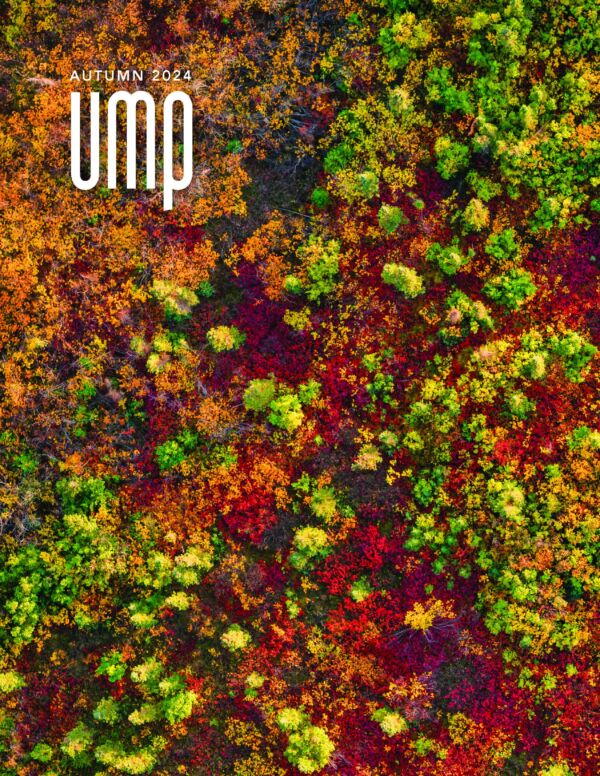
For Pride Month, we've curated a reading list that amplifies 2SLGBTQ+ voices. These books dive into trans identities in Inuit culture, ways art can regenerate queer and Two-Spirit knowledge, and the story of the Ojibwa-Cree lesbian who led the first gay pride parade in Thunder Bay. Whether you're an ally or a member of the 2SLGBTQ+ community, there's always room to learn more.

In Bead Talk, editors Carmen Robertson, Judy Anderson, and Katherine Boyer gather conversations, interviews, essays, and full-colour reproductions of beadwork from expert and emerging artists, academics, and curators to illustrate the importance of beading in contemporary Indigenous arts.
"Utility and functionality are part of this complex Métis aesthetic, according to [Katherine Boyer], that also resonates with her experience of "queering" and queer worldmaking in a heteronormative settler nation."
—Carmen Robertson, Chapter 7, Bead Talk

A Two-Spirit Journey is Ma-Nee Chacaby’s extraordinary account of her life as an Ojibwa-Cree lesbian. From her early, often harrowing memories of life and abuse in a remote Ojibwa community riven by poverty and alcoholism, Chacaby’s story is one of enduring and ultimately overcoming the social, economic, and health legacies of colonialism.
"My name is Ma-Nee Chacaby. I am an Ojibwa-Cree elder, and I have both a male and a female spirit inside of me. I have experienced a long, complicated, and sometimes challenging journey over the course of my life."
—Ma-Nee Chacaby, Chapter One, A Two-Spirit Journey

Central to Inuit Stories of Being and Rebirth are womb memories, narratives of birth and reincarnation, and the concept of the third sex—an intermediate identity between male and female. As explained through first-person accounts and traditional legends, myths, and folk tales, the presence of transgender individuals informs Inuit relationships to one another and to the world at large, transcending the dualities of male and female, human and animal, human and spirit.
"On her way out, she saw on each side of the exit a woman’s knife [ulu] on her right and a harpoon point [sakku] on her left. She wanted to take the ulu to be born a girl [arnaq] and then changed her mind, grabbed the sakku to become a boy [angut], and on coming out became a baby boy. Her sex had been changed by the choice she had just made."
—Iqallijuq and Kupaaq, Chapter 8, Inuit Stories of Being and Rebirth
Further Reading
For more resources and stories featuring queer authors, scholars, and artists, check out:
Posted by U of M Press
May 30, 2024
Categorized as Reading Lists
New Audiobook Announcement Contemporary Indigenous Voices Reading List




